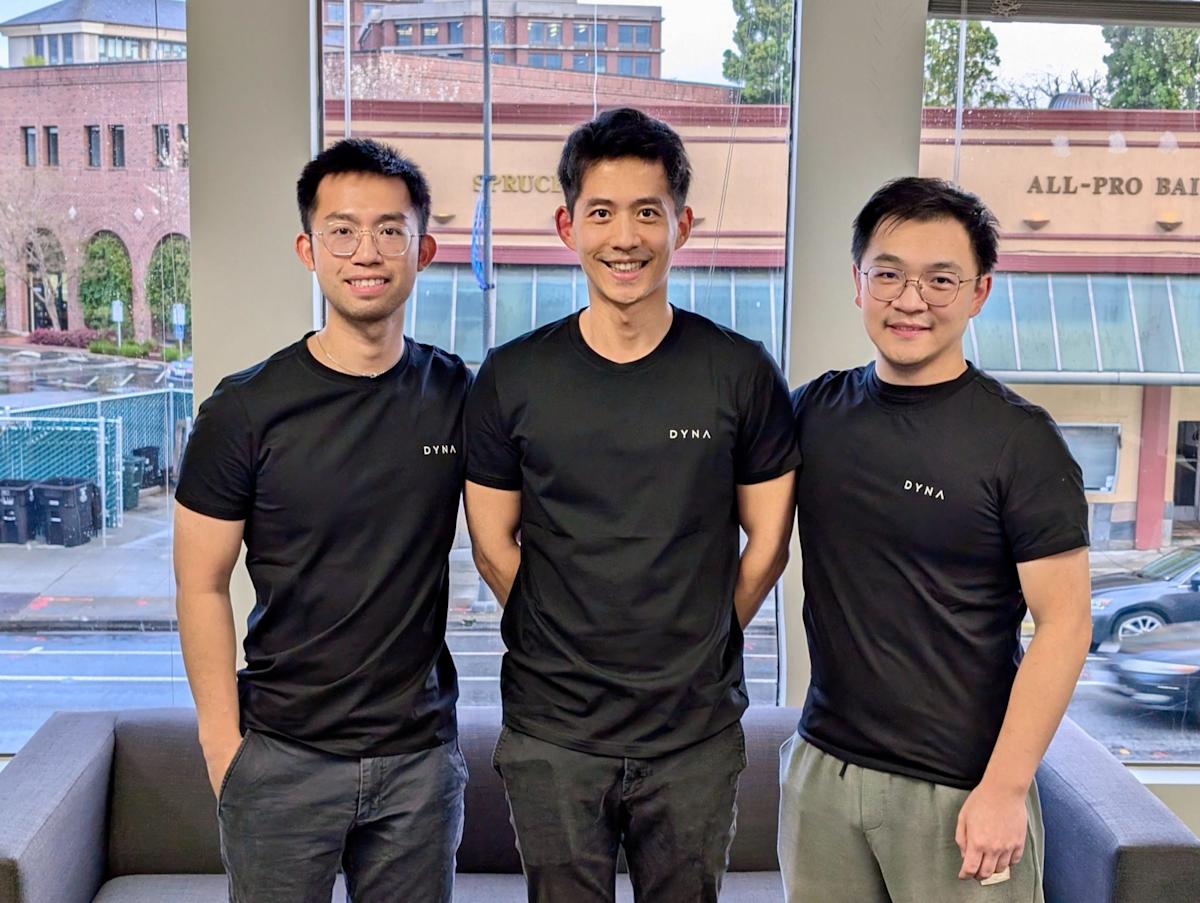Founder of a Self-Checkout Startup Acquired for $350M Partners with Google DeepMind Veteran to Develop Affordable Robots

Dyna Robotics: A New Era in AI-Powered Robotics
Background of Dyna Robotics
In 2021, Instacart made headlines by acquiring Caper AI, a startup focused on self-checkout technology, for a staggering $350 million. This acquisition was a significant achievement for Caper’s founder, Lindon Gao, especially with the fierce competition from supermarket giants like Amazon, which has pioneered cashier-less stores. Caper AI developed innovative technology utilizing sensors, computer vision, and AI, allowing customers to bypass lines at checkout by automatically recognizing items in their carts.
Approximately six months after the acquisition, Gao decided to shift gears and pursue a different venture in the realm of robotics. He launched Dyna Robotics, which recently emerged from a period of secrecy, backed by a $23.5 million seed funding round led by CRV and First Round Capital. This new company aims to create cost-effective, easily deployable AI-driven robots designed for physical tasks in various businesses.
Focus and Goals of Dyna Robotics
Dyna Robotics is set to produce robots capable of handling a range of labor tasks, including the more dangerous, monotonous, or dirty jobs. Examples include slicing food, loading and unloading dishes, folding laundry, and cleaning bathrooms. Gao co-founded Dyna Robotics with York Yang, a fellow Caper co-founder, and Jason Ma, a former DeepMind engineer known for pioneering work on robots that mimic human dexterity.
Gao’s experience with Caper allowed him to assist major players in the grocery industry, such as Kroger, Aldi, and ShopRite, helping them grow their operations. With Dyna Robotics, he is now targeting a wider array of customers, including restaurants and dry cleaning shops.
Innovative Approach and Cost-Effectiveness
While several companies are developing general-purpose AI models or humanoid robots, Dyna Robotics takes a distinctive approach. The company is focused on creating simple stationary robotic arms powered by AI models tailored to specific tasks. This targeted strategy will help keep manufacturing costs manageable, allowing their robots to be sold at a price point significantly lower than major competitors—expected to be in the tens of thousands rather than the hundreds of thousands.
Although specific launch dates for these robots are not yet confirmed, Gao mentioned they are currently in a trial phase and aim for a release in the coming months.
Addressing Unique Challenges in Robotics
A central goal of Dyna Robotics is to automate routine tasks that many employees might prefer to avoid. Gao emphasizes the value this presents to business owners, especially in industries struggling with labor shortages for roles like food preparation and cleaning. The robotics market currently includes over 1,500 startups worldwide, making competition tough. Yet, many find it challenging to persuade small to medium-sized businesses to invest in robotic solutions over human workers.
Despite this competitive landscape, Dyna Robotics stands apart with its focus on rapidly developing practical robots. Gao believes that many existing companies do not effectively bring their robotic solutions into production quickly. The labor shortages in sectors targeted by Dyna Robotics simplify the conversation with potential clients about the need for automation.
Performance Goals and Future Aspirations
The biggest hurdle for Dyna Robotics lies in ensuring that their AI models can work reliably in real-world scenarios. Gao notes that current models typically operate at only 10-30% efficiency compared to human workers. However, by concentrating on specific tasks, Dyna aims to enhance performance and reach closer to human efficiency.
Located in the heart of Silicon Valley in Redwood City, California, Dyna Robotics already has a team of 30 employees, a testament to the fast-paced nature of the startup. Drawing from his prior experiences at Caper, Gao is committed to creating reliable products quickly. Yet, he acknowledges that starting Dyna Robotics is more complex than his previous startup experience, driven partly by the expectations that now accompany him as a seasoned entrepreneur.
With ambitious plans to innovate in the world of robotics, Dyna Robotics aims to redefine what is possible in the automation of everyday tasks, seeking to make strides toward the ultimate goal of developing versatile, general-purpose robots.






